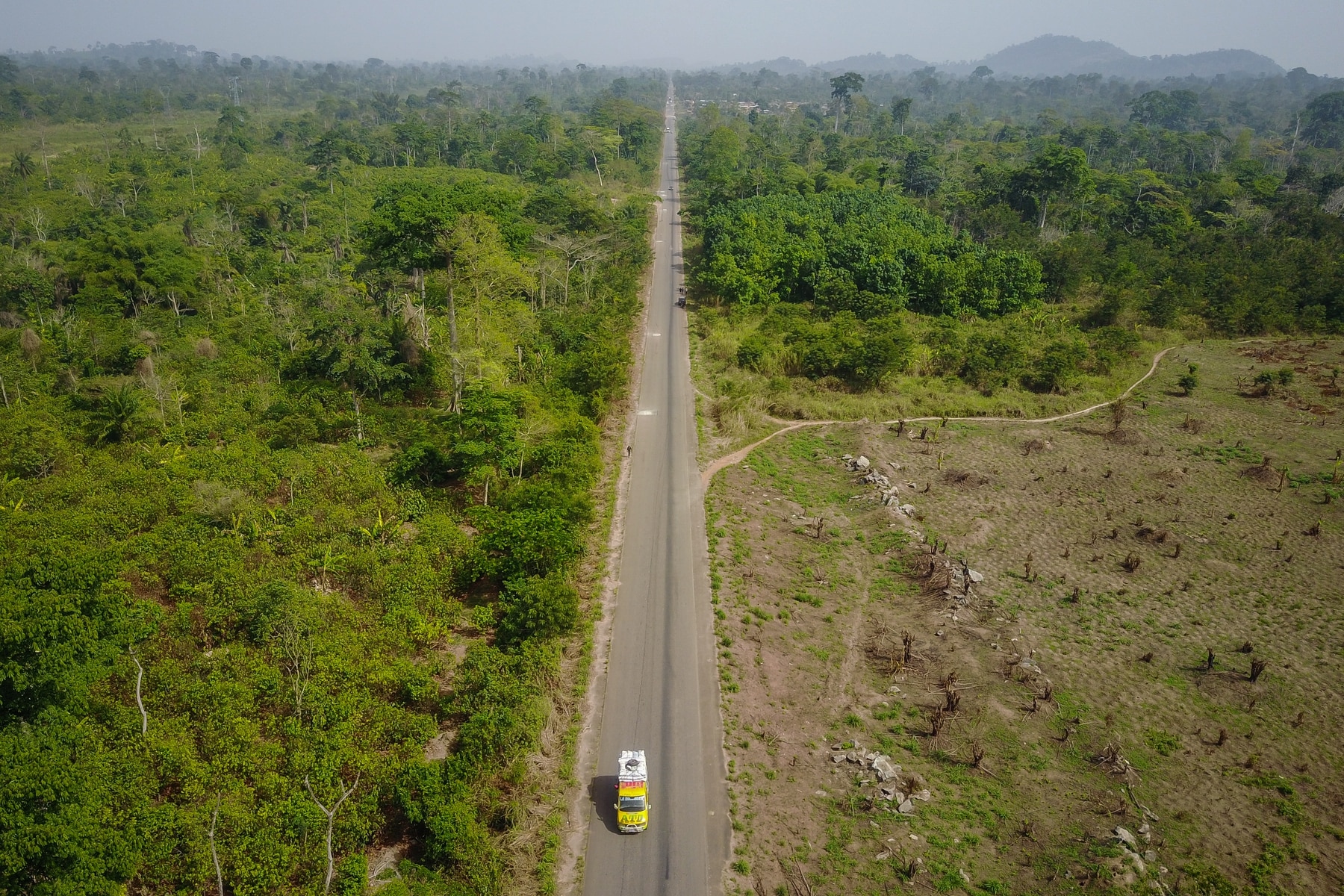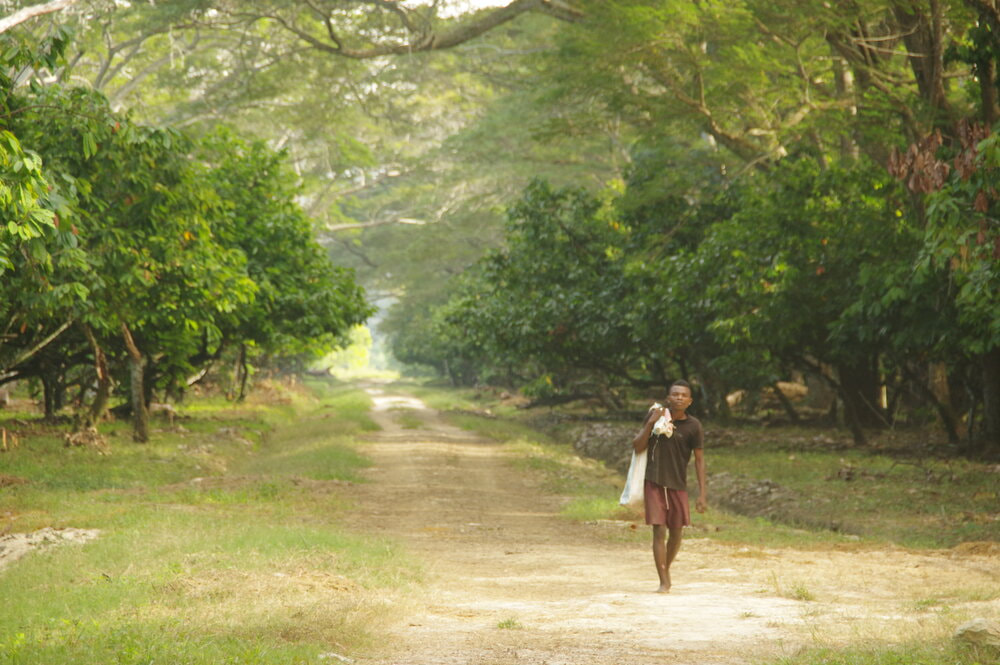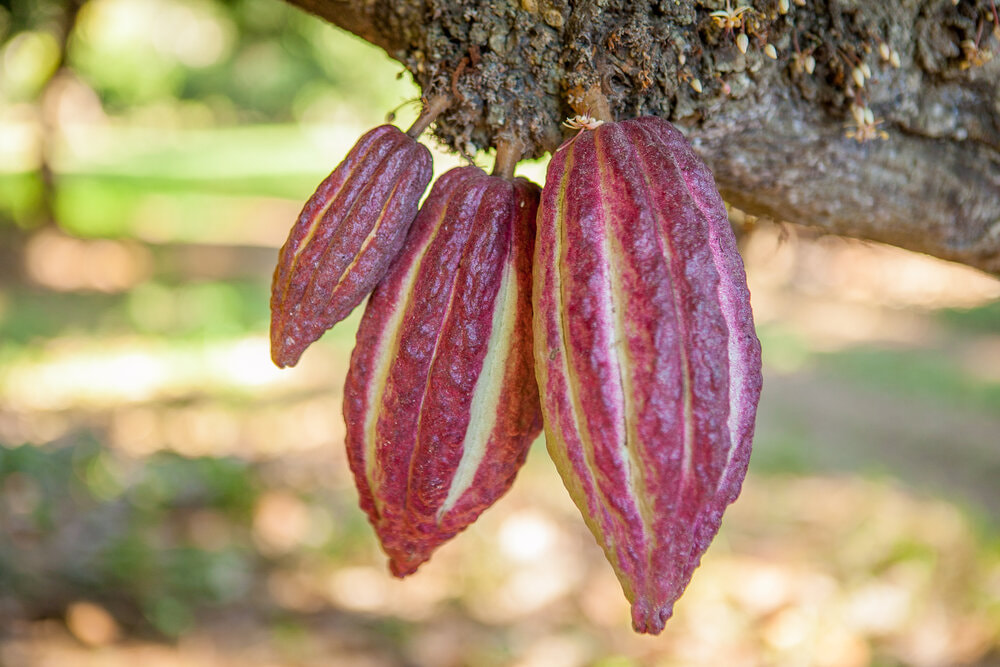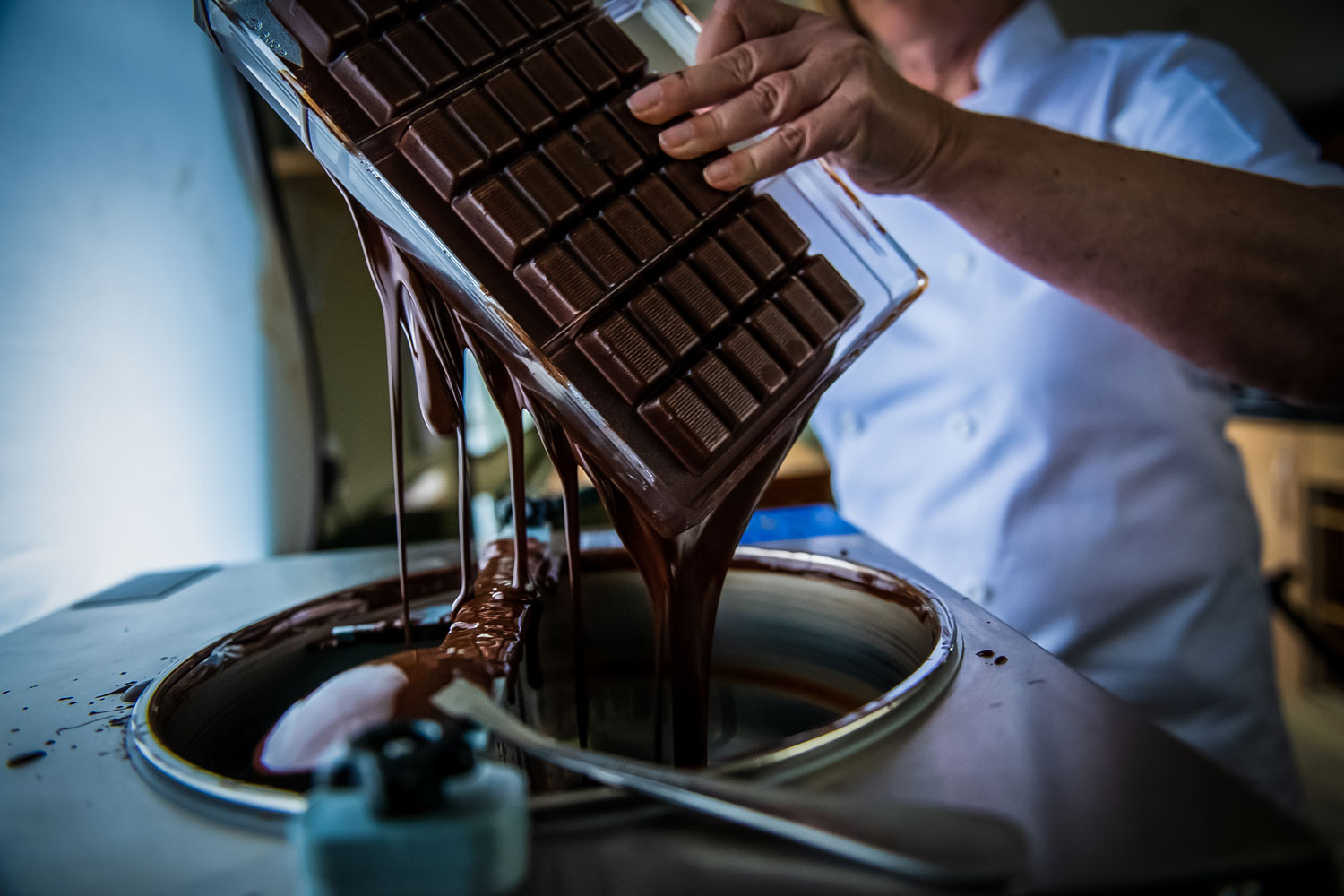Sustainability is one of those buzz words thrown around that we hear way too often. But how can we aim to be more sustainable in an industry that is based on consumption? First, by protecting the environment where the cacao grows.
We have such a rich biodiversity on this planet we sometimes forget how fortunate we are. But with rising population levels and businesses determined to make profits we put sustainability on the back burner. The growing need for space, homes and farmland for food production has led to huge deforestation across some of the most biodiverse areas of our planet. We cannot continue to destroy football sized hectares of rainforest in South America, Africa and Asia. We cannot stress knowing the importance of knowing the origins of what you consume and how it was made.

(Salwan Georges for The Washington Post)
Aurosó Chocolate set out with three key aims in mind; to be luxurious, ethical and act with sustainability in mind. From the get go founder Catrin made the decisive move to do things differently. Partly impacted by her experience of living in Africa and secondly because she’s a firm believer of trying to live more sustainably. Catrin researched cacao farms vigorously before she settled on Chocolat Madagascar. For Catrin, the need for transparency was key.
So how does cacao production directly result in deforestation? Well, depending on where the cacao is grown, the way it is harvested and processed impacts the biodiversity of the land. A staggering amount of cacao beans are harvested on Africa’s Ivory Coast and from various farms. There is a growing rate of illegal cacao farming happening right now where hectares of wild forests are cut down in favour of growing cacao trees. All the natural wildlife and biodiversity is entirely replaced by farming, stripping wild fauna and flora, insects, animals and birds of their natural habitat through the slash and burn technique. These cacao farms use harsh pesticides and chemicals to foster quicker, more intense farming results. The land can only sustain this for a short number of years before these farms move on to more slash and burn more forest. The difference between organically grown cacao and illegal, quick yielded cacao can also be seen in the taste of the chocolate.

Chocolat Madagascar (which is the couverture that Aurosó Chocolate uses) grows the finest rare terroir cacao on both the north west and east coast of Madagascar. Chocolat Madagascar is one of the freshest couvertures in the world, made from pod to couverture in 15 days with a very distinct flavour profile – so the chocolate really speaks for itself. It is this very speed which captures the natural sweetness of the chocolate and allows Aurosó to drastically cut down the sugar in our chocolate. In addition, the cocoa beans when this fresh are roasted at 120C, ensuring that the couverture is not bitter. Commercial chocolate has to be roasted at 240C which destroys the flavour profile and makes it bitter, very similar to coffee when coffee is over roasted too.

Criollo cacao was introduced to Madagascar in the east of Madagascar in the early 1800’s from Reunion Island. This area of Madagascar is very susceptible to Cyclone damage and the Cacao is today mainly grown in the Sambirano Valley in the north west to protect it from the Cyclone’s effects. Forastero cacao was introduced to the island in the late 1800’s which cross breeds with the Criollo to produce Trinitario cacao. The unique rainforest, soil and climate environment has allowed the cacao’s to speciate and develop their own unique fruity flavour profiles. As these profiles are so unique and fruity there is no need to chemically manipulate and enhance or even add flavours to the dark and milk chocolates (eg vanilla). When chocolate flavours are manipulated with chemical additives and enhancers it is to cover up the bitter, sour taste that the chocolate yields if it has been grown in a mass-produced manner and to disguise the age of the cocoa beans.
The chocolate industry is far from perfect but we wanted to take positive steps forward to acknowledge this. By highlighting the problems that arise in the mass-produced world of illegal cocoa farming, we hope it will make the consumer think and act with sustainability in mind. Shining a light on ethical, environmental and societal issues, however bad they might be is the right thing to do. We wouldn’t be doing our job if we weren’t trying to spread awareness and trying to educate the public about where their chocolate comes from and how it is made. If you are interested in this subject and would like to read up on it further then there are a myriad of sources available for you to peruse. We felt particularly compelled to speak up after reading The Chocolate Journalist’s article on deforestation. We are long time supporters of Sharon’s work and admire how thorough and accessible her blog is. Please find a short excerpt from her blog below:
“Only when cocoa grows in protected, nurtured and biodiverse lands, the chocolate we consume can be considered sustainable. This is because, in this idyllic scenario, cocoa becomes part of a virtuous cycle that contributes to the richness of the soil, air cleaning, a thriving wildlife and a more reliable income for the people who grow it. Unfortunately, instead of a virtuous cycle, cocoa is currently trapped in the vicious cycle of deforestation.” – Sharon Terenzi, The Chocolate Journalist, 2022

You can access Sharon Terenzi’s full article and insightful blog here: https://www.thechocolatejournalist.com/blog/cocoa-deforestation
Written by Naomi Beider


